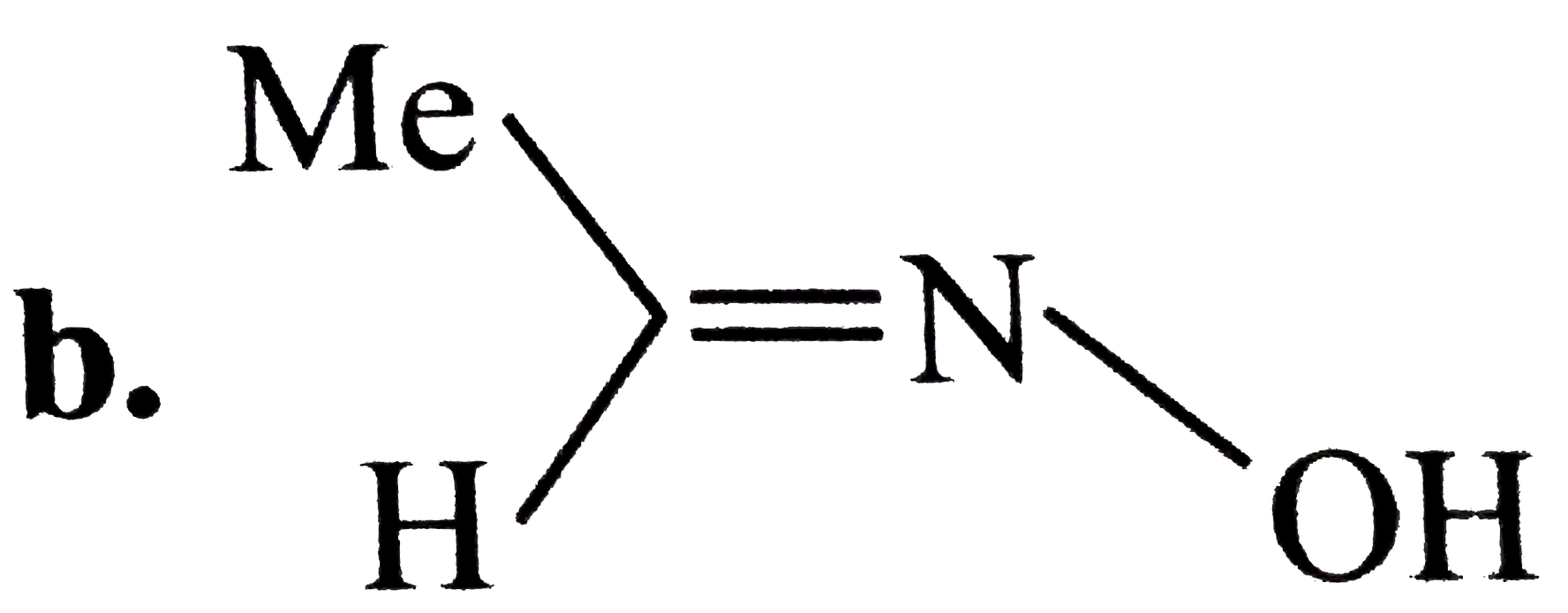Given below is a reaction showing Chlor-alkali process:
2NaCl(aq)+2H2O(l)→2NaOH(aq)(A)+Cl2(g)(B)+H2(g)(C)
The products A, B and C are produced respectively :
At the anode, at the cathode, near the cathode
Near the cathode, at the anode, at the cathode
At the cathode, near the cathode, at the anode
At the anode, near the cathode, at the cathode
To solve the problem regarding the chlor-alkali process, we need to identify the products A, B, and C from the given reaction:
Given Reaction:
2NaCl (aq)+2H2O (l)→(A)(2NaOH (aq))+(B)(Cl2(g))+(C)(H2(g))
1. Identify the Products:
- In the chlor-alkali process, sodium chloride (NaCl) and water (H₂O) undergo electrolysis.
- The electrolysis occurs in an electrolytic cell where:
- Chloride ions (Cl⁻) are oxidized at the anode to produce chlorine gas (Cl₂).
- Water (H₂O) is reduced at the cathode to produce hydrogen gas (H₂) and hydroxide ions (OH⁻).
2. Determine Product A:
- The hydroxide ions (OH⁻) combine with sodium ions (Na⁺) to form sodium hydroxide (NaOH).
- Therefore, product A is:
(A)=2NaOH (aq)
3. Determine Product B:
- Chlorine gas is produced at the anode from the oxidation of chloride ions.
- Therefore, product B is:
(B)=Cl2(g)
4. Determine Product C:
- Hydrogen gas is produced at the cathode from the reduction of water.
- Therefore, product C is:
(C)=H2(g)
Summary of Products:
- A: 2 NaOH (aq)
- B: Cl₂ (g)
- C: H₂ (g)
Final Answer:
The products A, B, and C are produced respectively as:
- A = 2 NaOH (aq)
- B = Cl₂ (g)
- C = H₂ (g)
2NaCl (aq)+2H2O (l)→(A)(2NaOH (aq))+(B)(Cl2(g))+(C)(H2(g))
- In the chlor-alkali process, sodium chloride (NaCl) and water (H₂O) undergo electrolysis.
- The electrolysis occurs in an electrolytic cell where:
- Chloride ions (Cl⁻) are oxidized at the anode to produce chlorine gas (Cl₂).
- Water (H₂O) is reduced at the cathode to produce hydrogen gas (H₂) and hydroxide ions (OH⁻).
- The hydroxide ions (OH⁻) combine with sodium ions (Na⁺) to form sodium hydroxide (NaOH).
- Therefore, product A is:
(A)=2NaOH (aq)
- Chlorine gas is produced at the anode from the oxidation of chloride ions.
- Therefore, product B is:
(B)=Cl2(g)
- Hydrogen gas is produced at the cathode from the reduction of water.
- Therefore, product C is:
(C)=H2(g)
- A: 2 NaOH (aq)
- B: Cl₂ (g)
- C: H₂ (g)
The products A, B, and C are produced respectively as:
- A = 2 NaOH (aq)
- B = Cl₂ (g)
- C = H₂ (g)
Topper's Solved these Questions
- QUESTION PAPER 2022 TERM 1 SET 2BOOK - X BOARDSCHAPTER - QUESTION PAPER 2022 TERM 1 SET 2EXERCISE - SECTION C
4 Videos
- QUESTION PAPER 2022 TERM 1 SET 2BOOK - X BOARDSCHAPTER - QUESTION PAPER 2022 TERM 1 SET 2EXERCISE - SECTION C
4 Videos
- QUESTION PAPER 2022 TERM 2 SET 1BOOK - X BOARDSCHAPTER - QUESTION PAPER 2022 TERM 2 SET 1EXERCISE - Section -B
6 Videos
Similar Questions
Knowledge Check
MeCH(A)=O+H2NOH(B)HCOONa−−−−−→Δ(C)+H2O Product (C ) is:
A B
B CMe−C≡ND
CMe−C≡ND
Which of the following reagents will you choose for the given reactions?
H2C=CH2+H2O+O→CH2C∣OH−CH2∣OHADil. KMnO4, at 273 KBAlkaline KMnO4, high temperatureCAcid and K2Cr2O7 at room temperatureDAcid and KMnO4 at room temperature.C∣ClH2−C∣ClH2Alc. KOH−−−−−−−→A(1mo≤HCl)→B, B is
AEthyl chlorideB1,1 dichloro etheneCVinyl chlorideDEthylidine chloride.
In the following reaction sequence
Ph−C≡CHaq.H2SO4−−−−−→Hg2+A1.CH3Mgl−−−−−−→2.H2OB
the product (B) is
View SolutionIn the given reaction
CH3−CH2−C∣∣NaOH−CH3H2SO4−−−−−−−−−−→(H2O/H+),Δ(A)+(B)
A and B are:
View SolutionA+H2O→NaOH
AO2−−−→400∘CBH2O−−−→at25∘CNaOH+O2,
B is used for oxygenating in submarines A and B are respectively.
View SolutionIn the reaction,
C6H5O∣∣C−CHCl2−−−−−−−−−−→Conc.NaOH(aq)
the end product is :
View SolutionIn the reaction:
A(Major)C2H5OH←−−−−(CH3)3CBr−−−−−−−−→C2H5O−Na+C2H5OHB(Major)
A and B are respectively:
View Solution